Biofilm in humans
Biofilm in the human body
Dear reader,
In this specialist article, the non-profit Swiss Parasite Free Association explains an important health issue: the Biofilm in the human body .
Definition
The biofilm is a layer of slime (Film), in which microorganisms such as bacteria, fungi, protozoa and worms live [1].
This article provides scientifically sound answers to the following questions :
– How is the biofilm created?
– Do people actually have a biofilm in their intestines ?
– Are biofilms a health hazard ?
– How can you remove ? the biofilm
Biofilm: How it makes people sick … –
An exclusive information video from the Swiss Parasite Free Association –
Take a look here the entire parasite academy free of charge.
How is a biofilm created in the body?
The slime layer develops in aqueous systems when microorganisms settle at interfaces [2]. In the body, these requirements are met in the respiratory and digestive tract [3]. Because of this, a biofilm can form in the following human organs, among others:
– small intestine
– colon
– lungs
– bronchi
– Nose / paranasal sinuses / frontal sinus
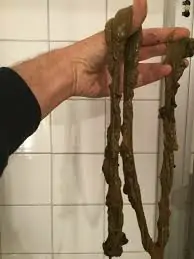
The slime of which the film is made is themselves formed by the microorganisms that live in it [4]. The biofilm can be understood to mean that the microbes build their own “house”, in which they then live together in a protected environment.
Digression
Biological films exist in nature for 3.2 billion years [5] . The fact that it still exists today implies that they have proven themselves as a way of life. This is supported by the fact that the vast majority of microorganisms live in nature in the form of biofilms [6].
It is a miracle of nature :
The biofilm is a highly organized matrix in which millions of different microorganisms steadily coordinate with each other [7].
In 1994 three American researchers found out how microbes do this. Via the so-called Quorum Sensing different species and genera communicate with each other and organize themselves [8] .
This is how it works: The microorganisms permanently measure the concentration and homeostasis of the biofilm and regulate it accordingly via signal molecules . For example, the microorganisms can adjust the production rate of the slime layer or take in certain nutrients [9] .
This goes so far that the mucous film mutates from a certain population to its own entity that operates independently [10].
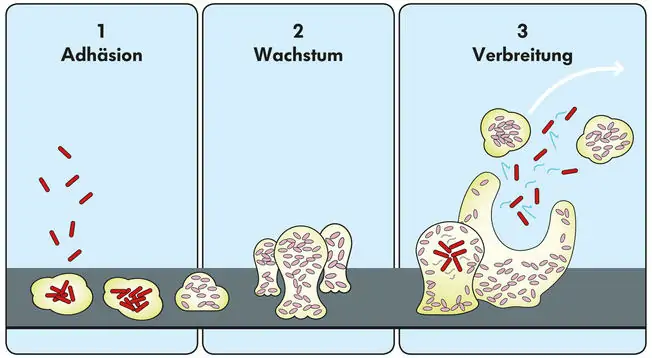
Warning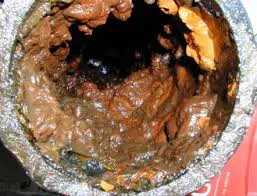
The study is available here:
The biofilm in the intestine is exclusively formed by pathogenic agents [13]:
– Intestinal worms (e.g. rope worms, roundworms, hookworms)
– Single-celled intestinal parasites (e.g. Giardia lamblia, Cryptosporidia, Entamoeba histolytica)
– Pathogenic fungi and yeasts (e.g. Candida albicans, Geotrichum, Rhodotorula)
– “Bad” intestinal bacteria (e.g. Escherichia coli V.L-n, Klebsiella, Proteus)
– Viruses (e.g. algae gigavirus, tobacco mosaic virus)
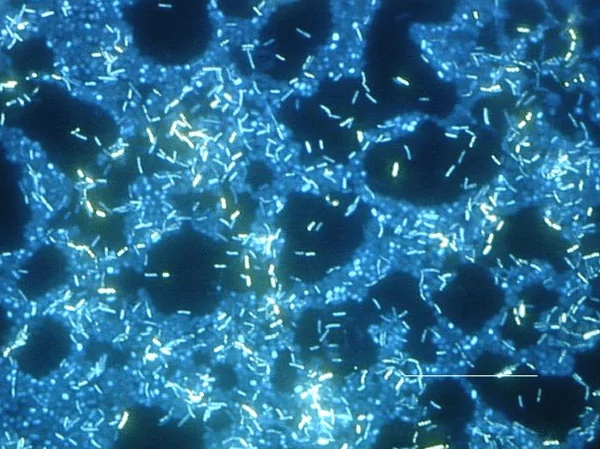
The microbes secrete tough slime [14] and live together in this mass in the conglomerate . The mucous layer is firmly attached to the intestinal wall . This ensures that the pathogens are not flushed out of the intestines or excreted in the stool [15].
The covering layer of mucus protects the pathogens from any negative influences, such as drugs , drugs and attacks of the immune system .
The biofilm is absolutely impenetrable for active ingredients and immune cells [16].
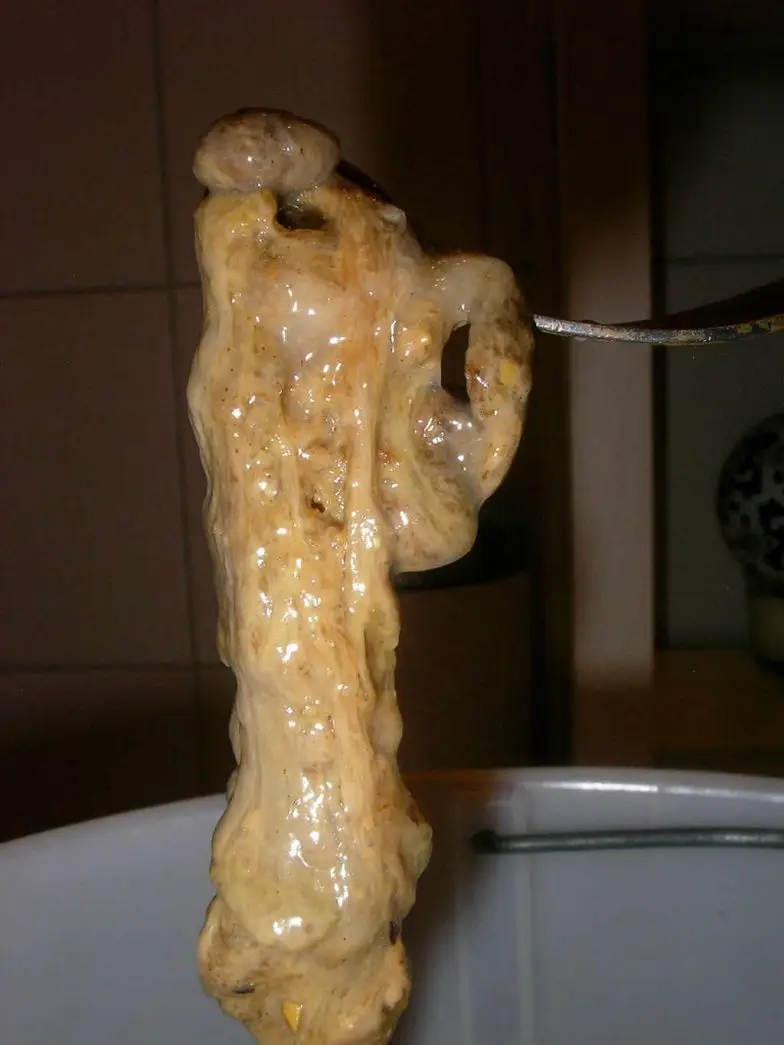
Furthermore, parasites lay their eggs in the mucous layer . There the eggs and larvae can develop and grow completely protected [17].
It should be clear from this paragraph that any attempt to remove parasites, fungi or “negative” bacteria from the intestine fails if the biofilm has not been removed beforehand . The experiences in our association confirm this.
What makes the biofilm so dangerous?
Since it offers protection to pathogenic germs, it is obvious that the microbial film is harmful to health . However, there are also other mechanisms with pathogenic potential:

poisoning
Mucus excretions from parasites are highly toxic . Learn more
The mucus layer secretes permanent toxins into the intestine [18]. And this is designed to be receptive, absorbs the toxins so [19] and transfers it to the bloodstream . In this way, the biofilm poisons not only the intestine, but the entire organism . The biofilm toxins in the intestine damage the intestinal wall , which can result in leaky gut syndrome [20]. This clinical picture describes that the intestinal wall becomes permeable to larger molecular compounds. In this way, bacteria and parasites can get out of the intestine, into the bloodstream and colonize other organs [21]. Undigested proteins can also get into the blood. Among other things, this can trigger allergies and autoimmune diseases [22].
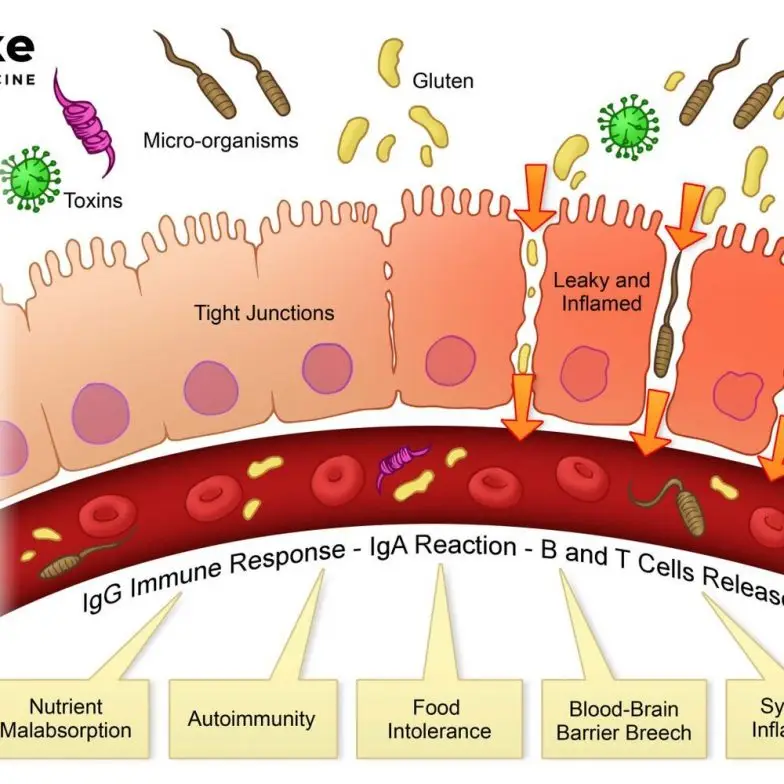
Nutritional deficiency
Since the mucus layer forms an impenetrable barrier in the intestine, nutrients cannot pass through these [23]. Vital substances can only be absorbed by the intestine at the points in the intestine that are not covered with the biofilm.
Intestinal wall dries out
The mucous membranes of the body are moisturized in a healthy state. So does the intestinal wall. However, the microbial mucus layer does not let moisture through and so the intestinal wall can dry out [24]. This can lead to inflammation of the bowel and even lead to inflammatory bowel disease [25]. In addition, tears in the intestinal wall and thus microbleeding can occur [26].
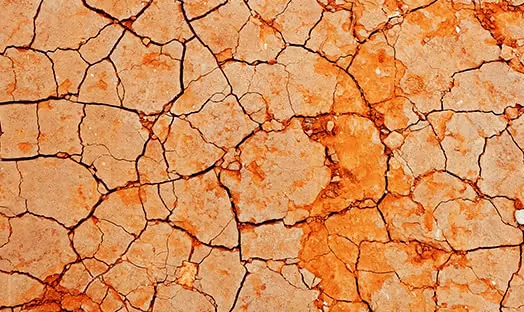
Gut symbiosis
Because parasites and negative intestinal bacteria can survive and thrive excellently in the biofilm, they develop a huge population . Due to the “advantage” of the biofilm, the pathogenic germs develop a excess compared to the “good” bacteria in the intestine. Unfortunately for the positive intestinal bacteria that are so important for intestinal health, which are eaten by “bad” intestinal bacteria and parasites [27]. This can lead to a intestinal malfunction symbiosis , which correlates with many diseases [28].
Die im Biofilm geschützt lebenden Parasiten können massive Gesundheitsschäden verursachen. Mehr dazu in unserem Fachartikel „Parasiten – Die Symptome beim Menschen“:
Remove the biofilm in the intestine
The overall context shows that the removal of toxic mucus from the intestine can have positive effects on health, both preventively and acute .
Dentists, swimming pool operators and medical technicians will confirm that removing biofilm from surfaces is not an easy endeavor . The very nature of the viscous mass is that it is not easy to dissolve .
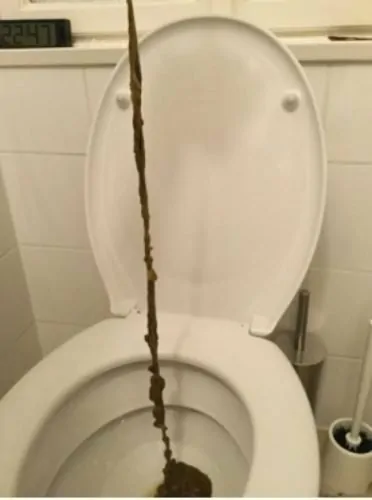
In addition, a successful detachment of the biofilm from the intestine has no benefit if the pathogenic agents are not eliminated . Because these would form a new layer of slime within a very short time.
It has established itself as a sensible approach to carry out a parasite cure in addition to removing the biofilm . It is important to ensure that the cure is also able to remove all other pathogens such as fungi, bacteria and viruses.
We have described in detail in a specialist article how such a parasite cure can look like:
Furthermore, we recommend that you carry out a intestinal rehabilitation after removing the biofilm and the pathogenic germs. Because:
A biofilm cannot form in a healthy intestine.
According to our investigations, two methods are suitable for getting rid of biofilm in the intestine:
1. Intestinal Detox Biofilm Cure by Vitamunda
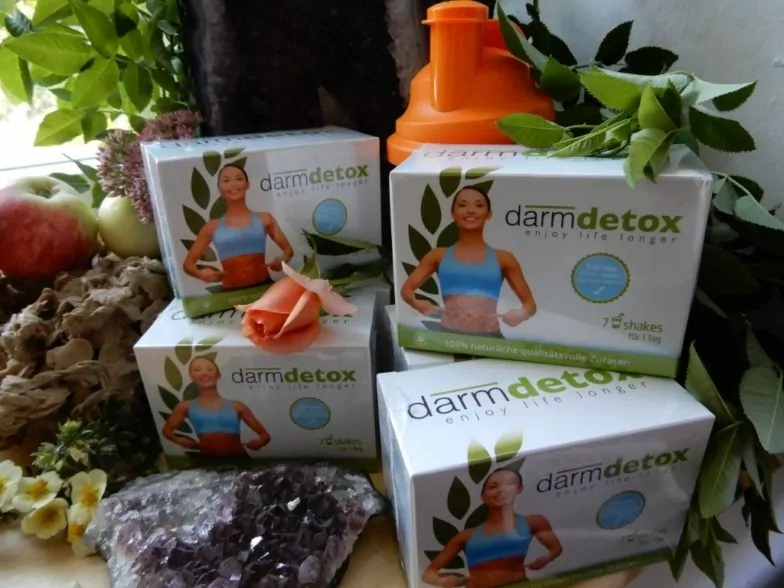
The intestinal detox cure is a reliable method to rid the intestine of biofilm. The cure is unique because a patented process is used in which okra powder and oil palm fiber powder are used. The oil palm fibers penetrate the viscous mass and loosen it . The excretion of the biofilm from the intestine usually takes place after 1 to 2 days.
In our experience, the intestinal detox cure must be carried out for 6 to 9 days , depending on the amount of biofilm. We recommend continuing the treatment until no more biofilm tubes are excreted . Experience has shown that this takes at least 6 and a maximum of 9 days.
The costs amount to 297 to 445 euros for the entire cure. It is very easy to do: Powder is taken several times a day with water. According to Vitamunda, not eating during the cure period.
The negative feedback we received was that many users did not make it through the cure. Either because the hunger could not be tolerated, the cure had weakened the practitioner too much or because the taste or the consistency of the powder was impairing Caused user to cancel.
2. Dissolving the biofilm with bacteria
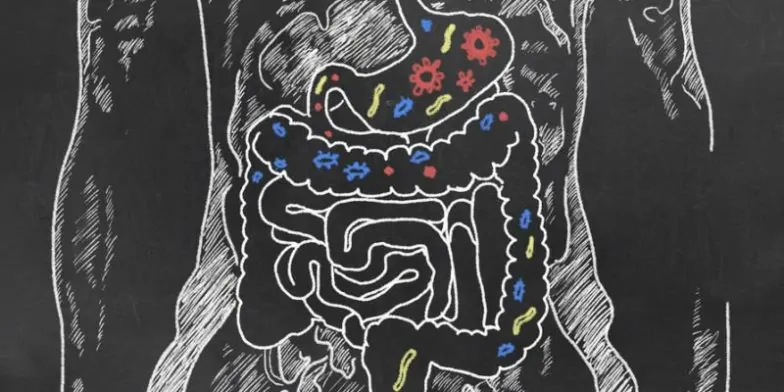
We have had positive experiences with the biofilm in the intestine with a simple Hausmittel remove: bacteria . Current studies show that the right combination of bacteria can be able to gradually break down the mucous layer [29].
It should be noted that biofilm treatment with bacteria only works if the intestine is free from parasites . Because worms would eat the probiotic bacteria before they could do their job.
In order to get an assessment of whether there is a infestation with intestinal parasites , the non-profit Swiss association Parasitenfrei offers a free parasite test . It is a questionnaire developed by medical professionals that provides a reliable assessment in just a few minutes .
If there is an infestation, we recommend taking the bacteria with a group Parasite cure to combine.

